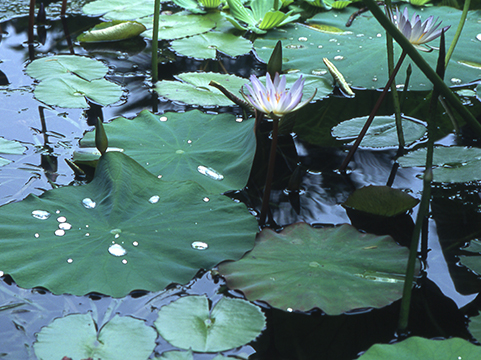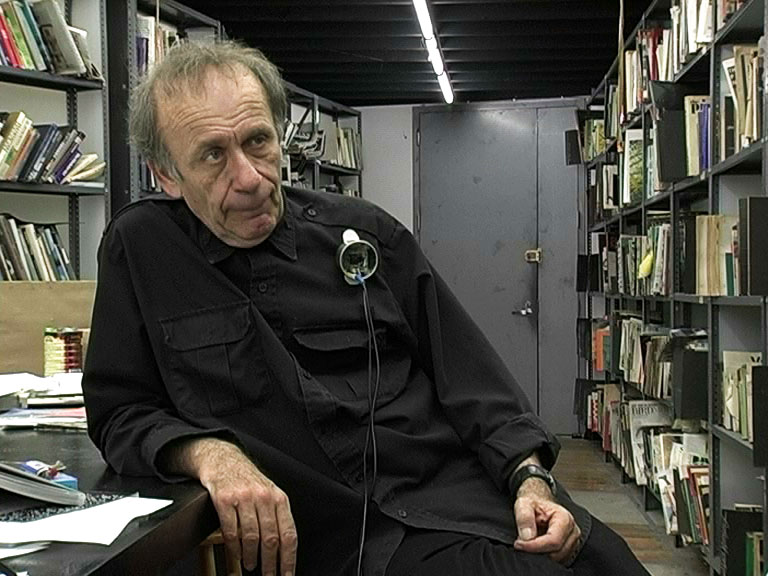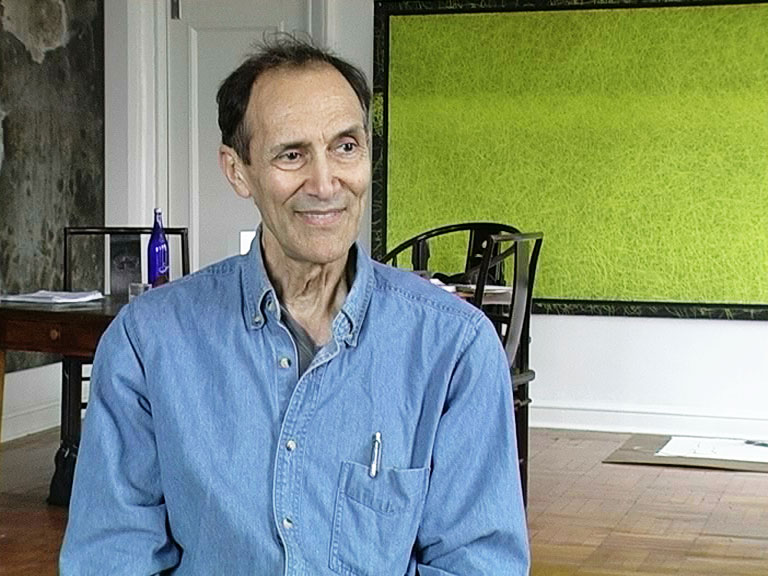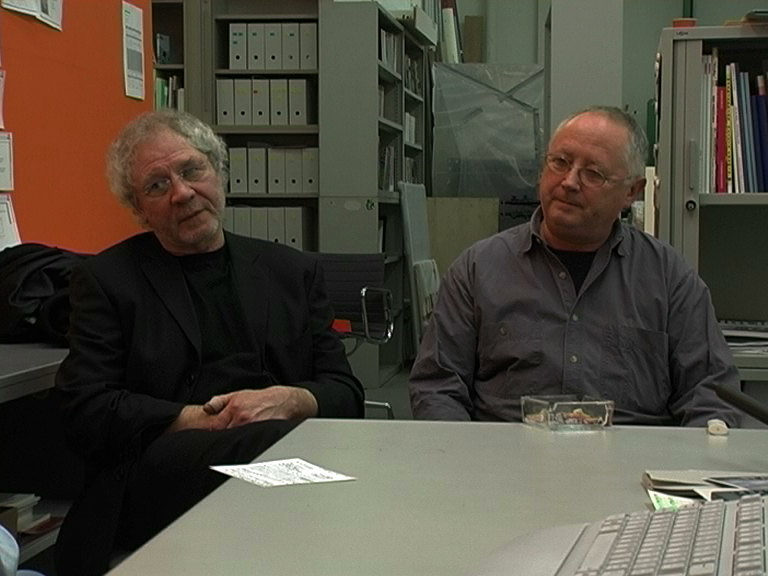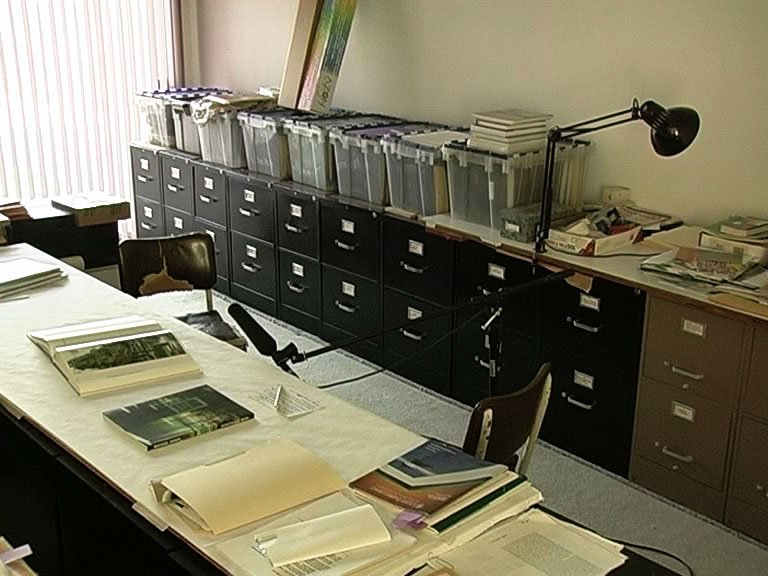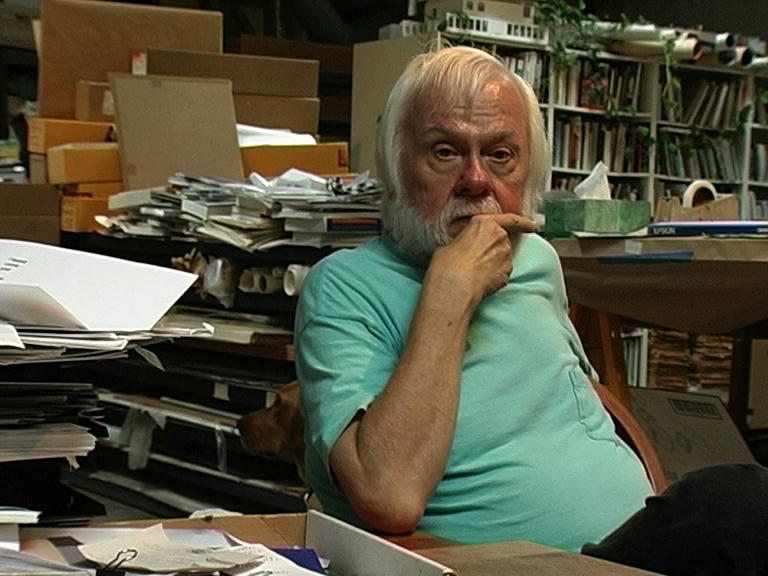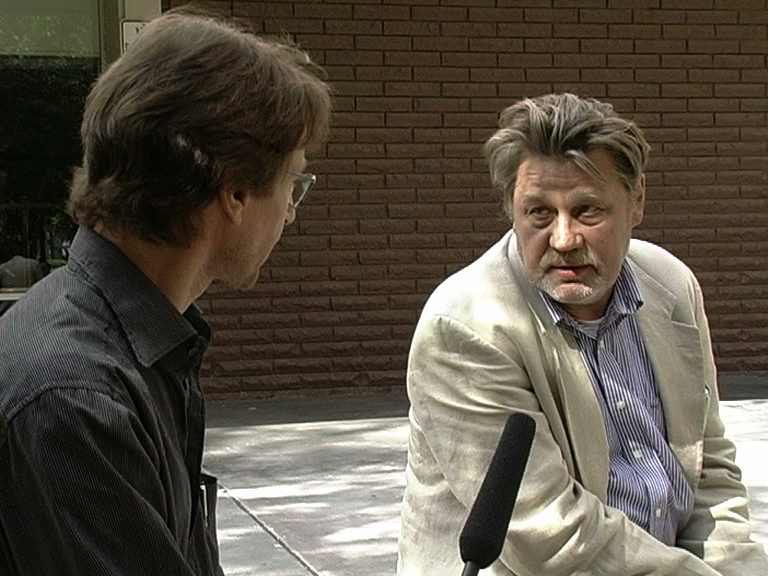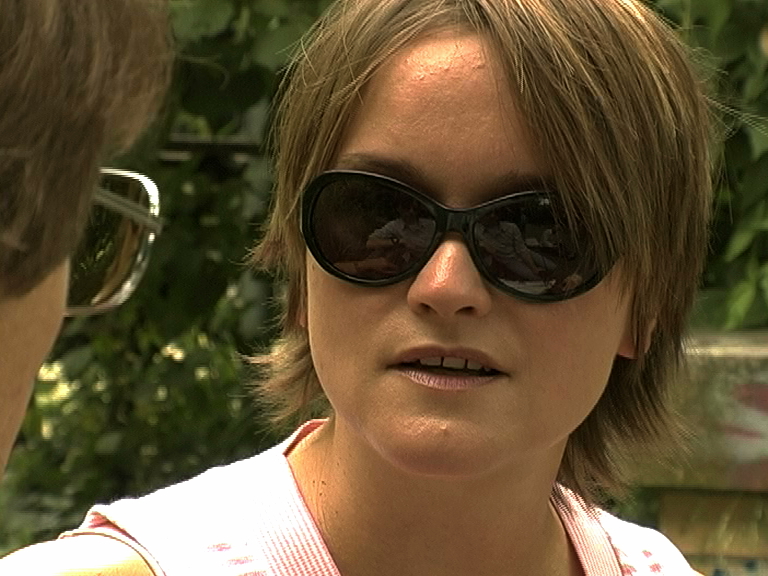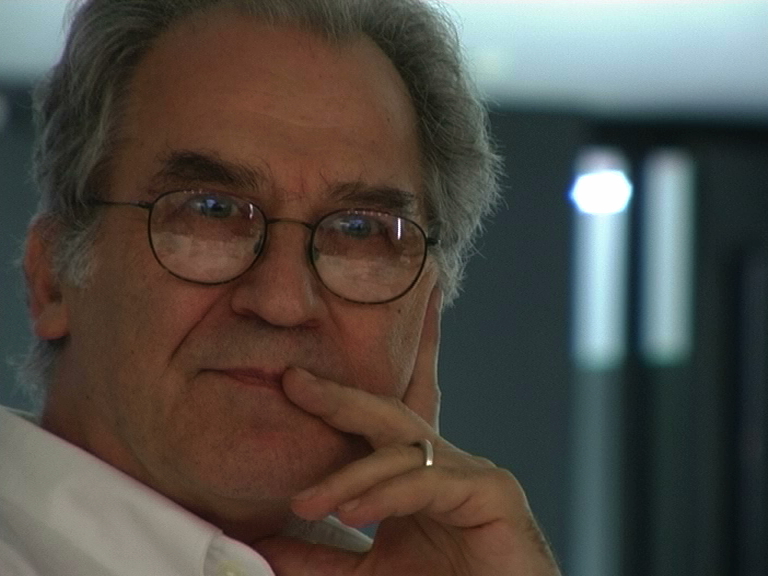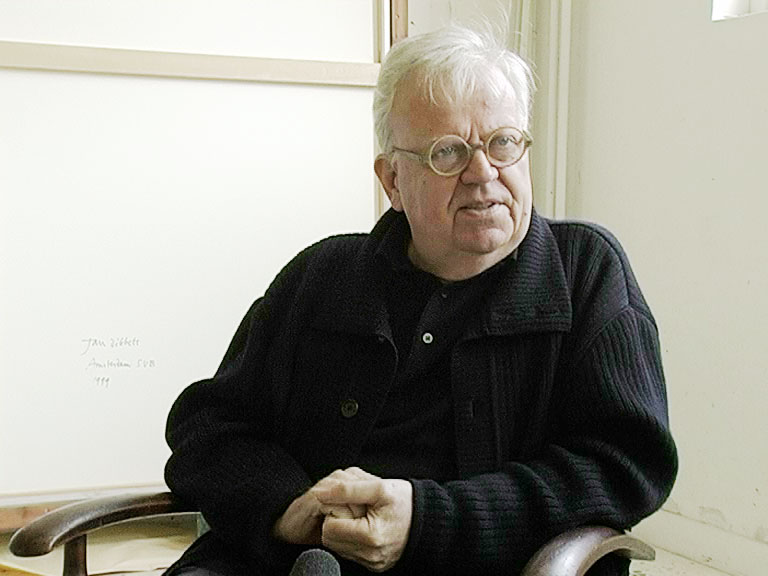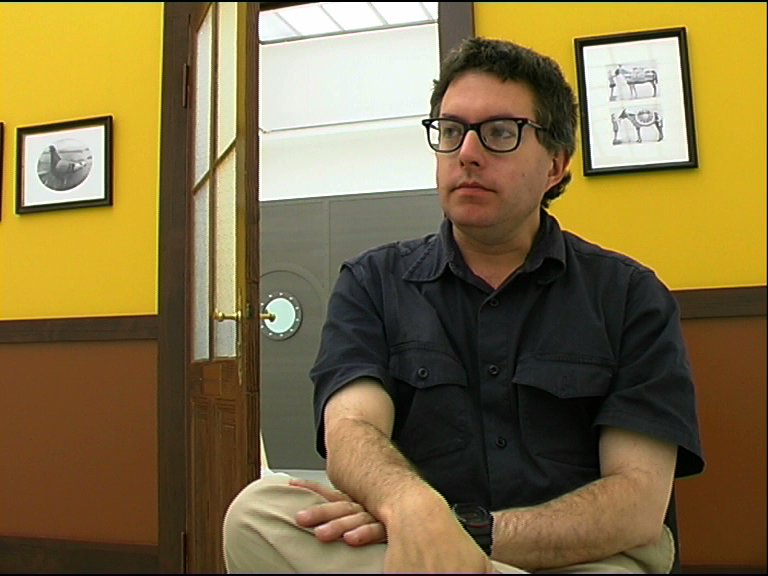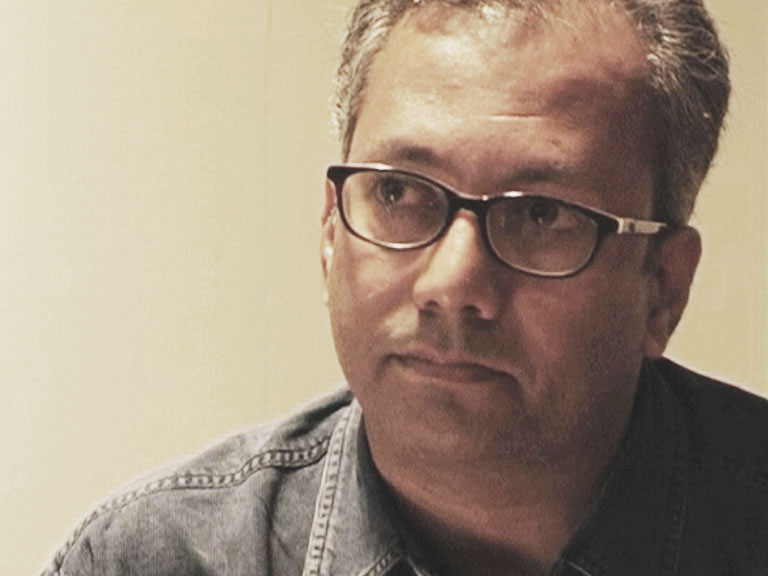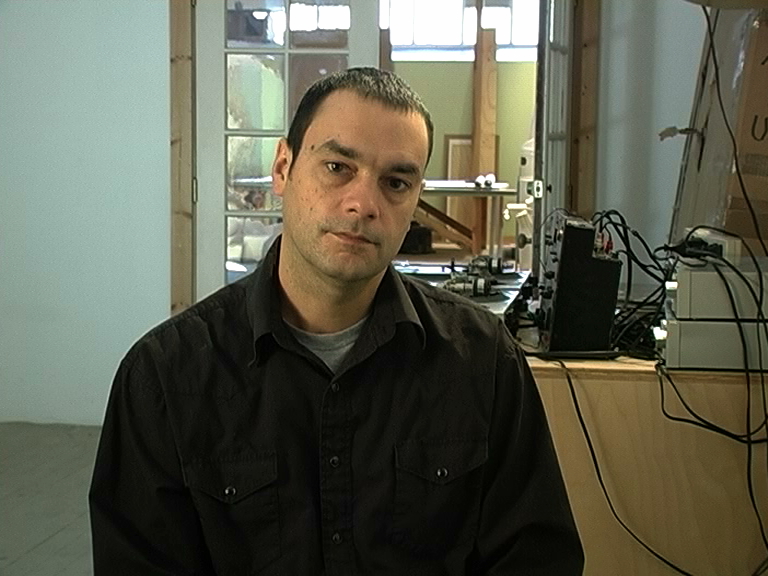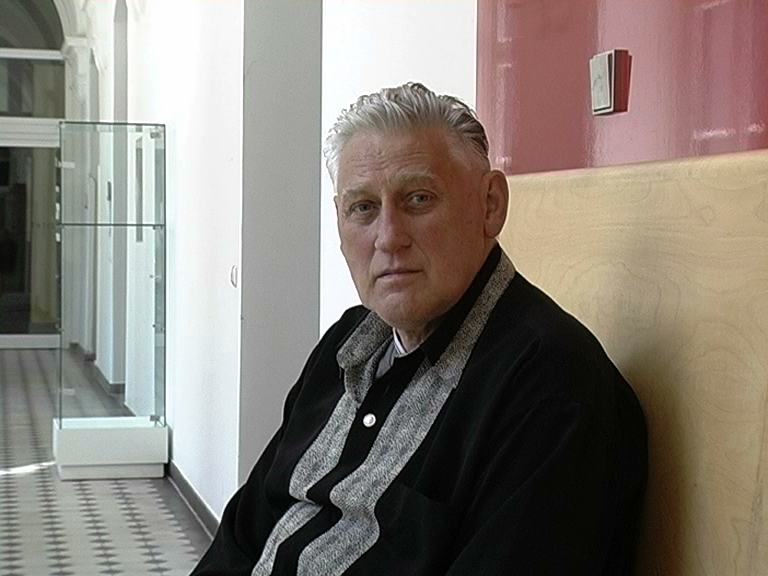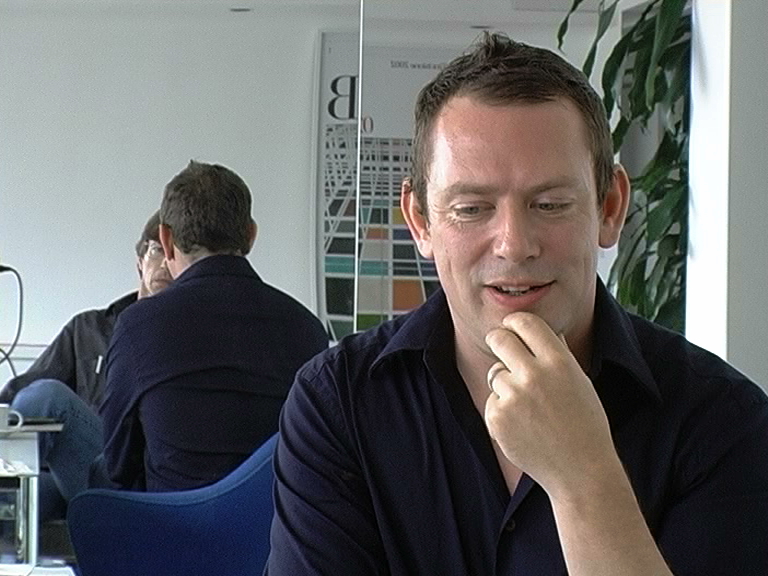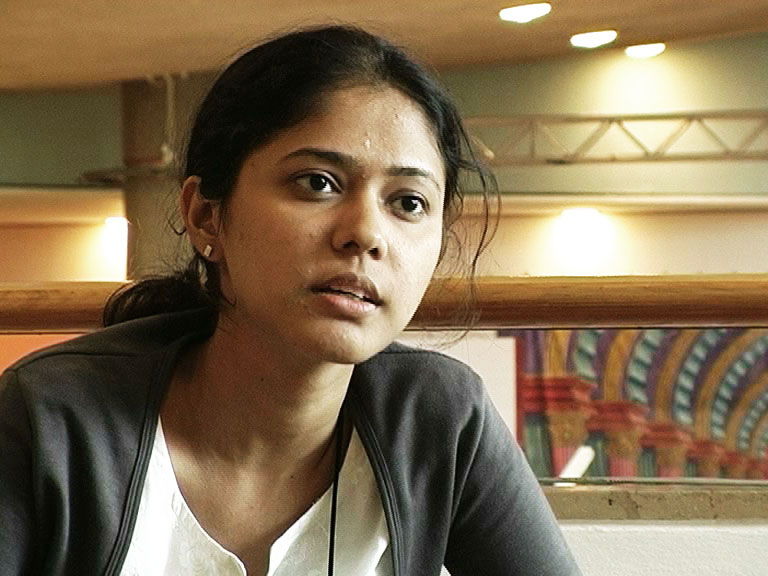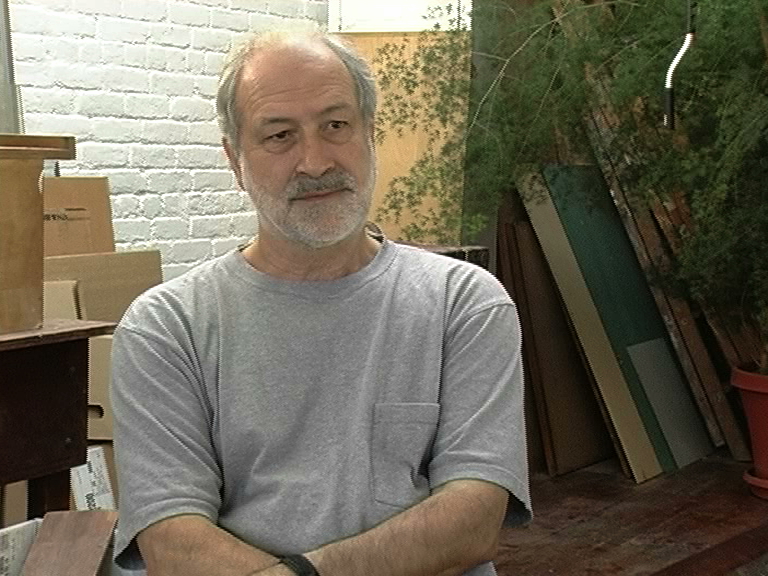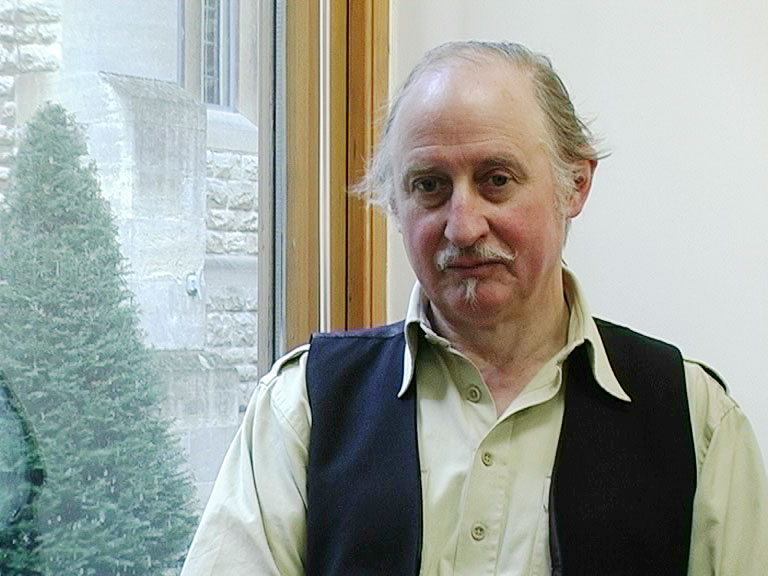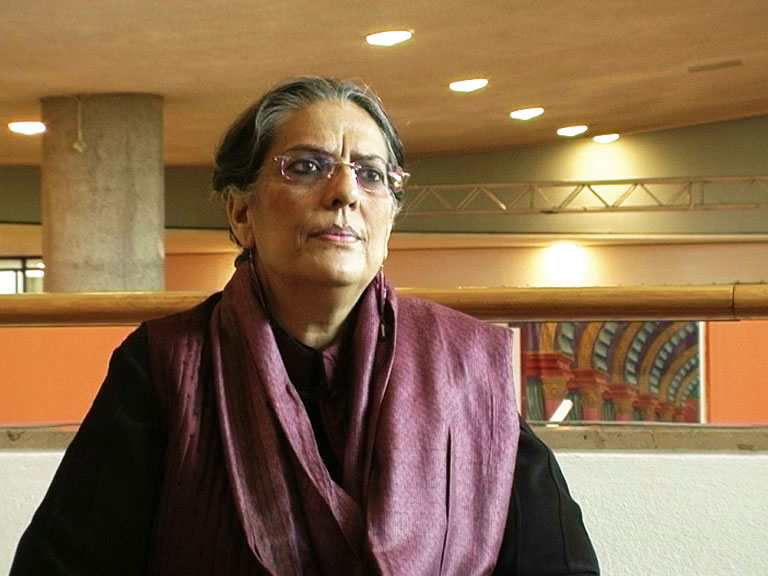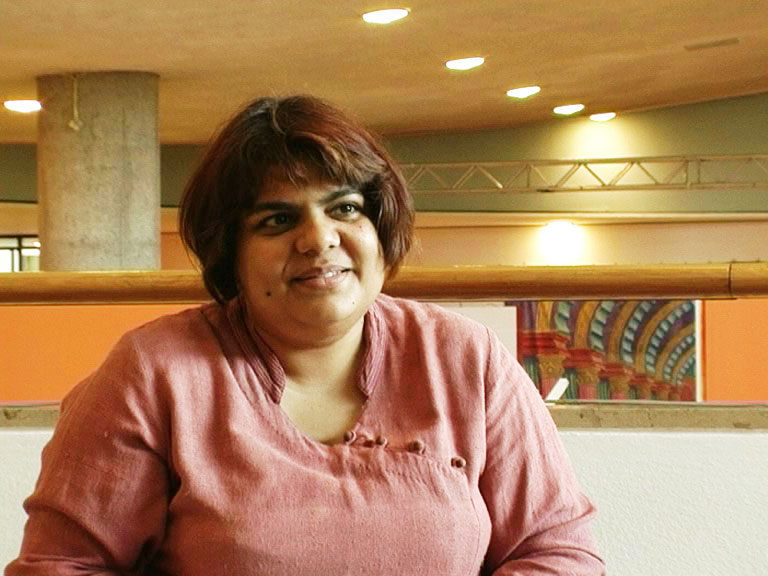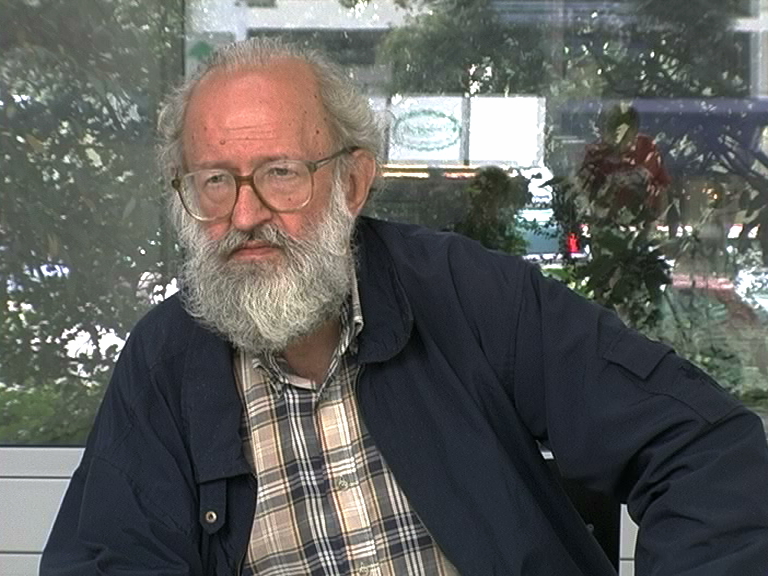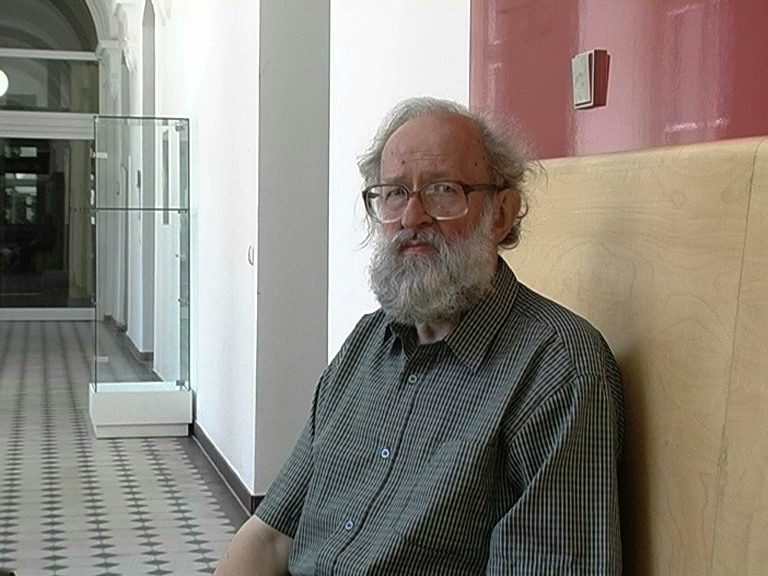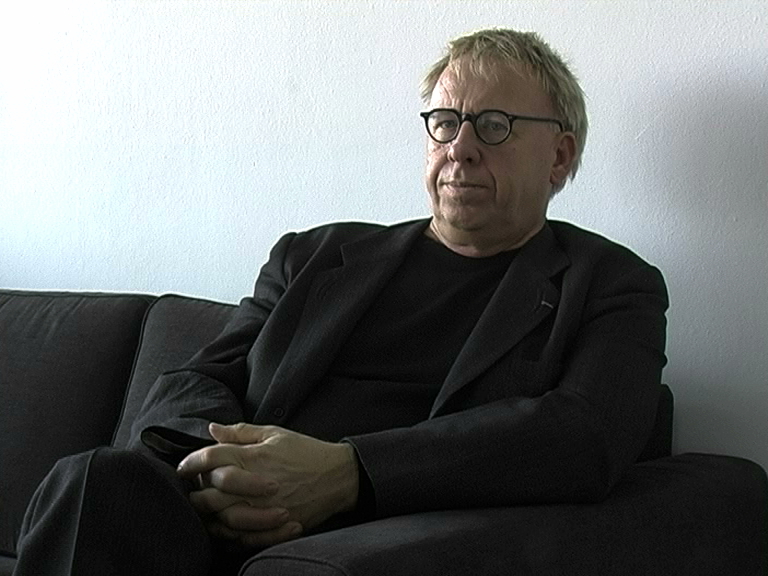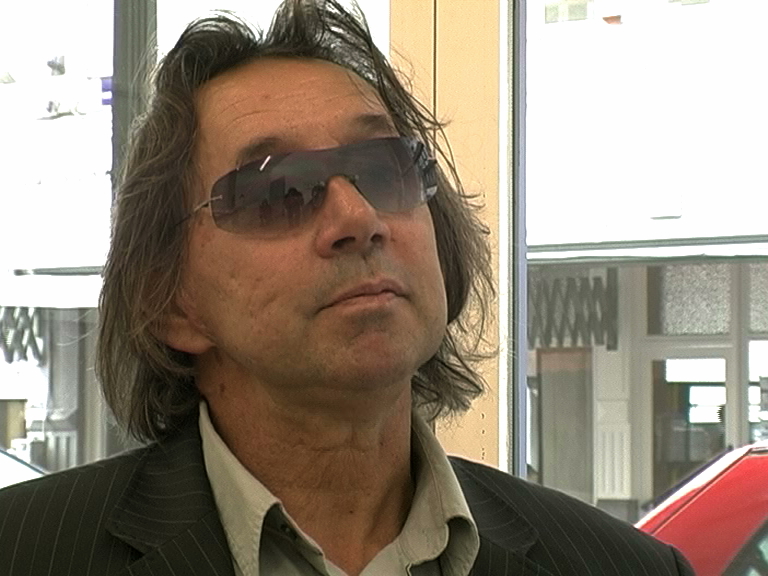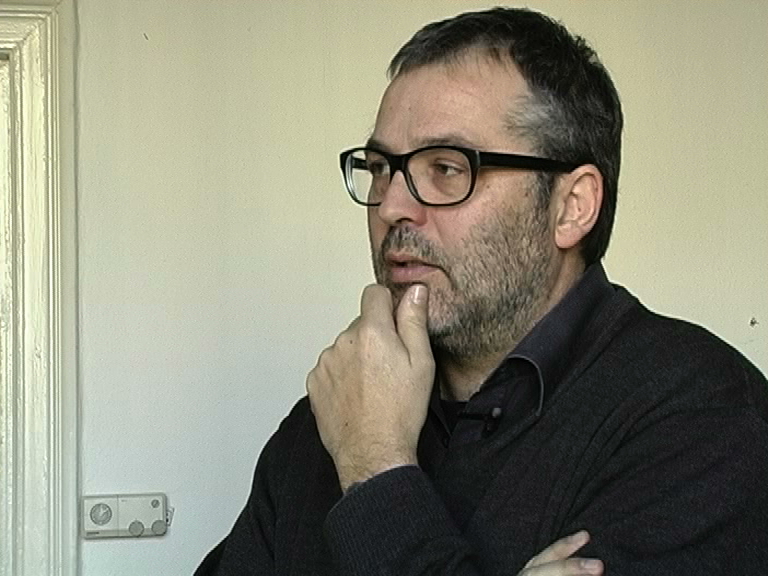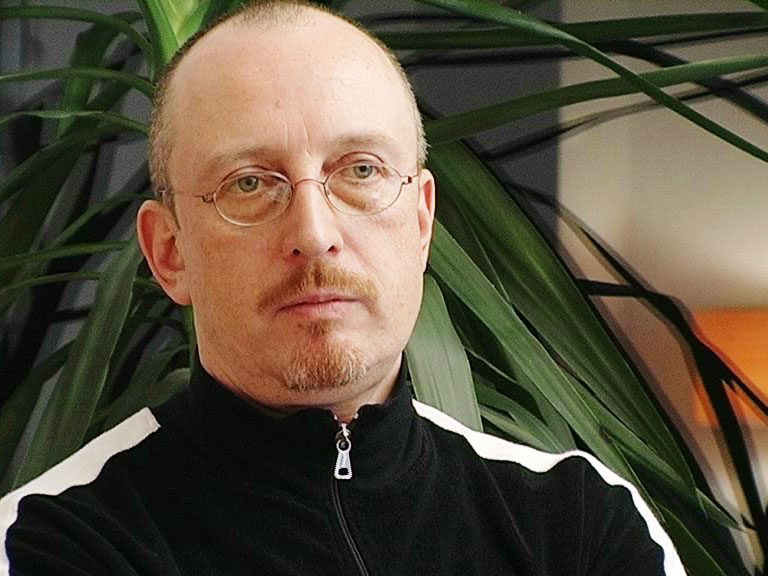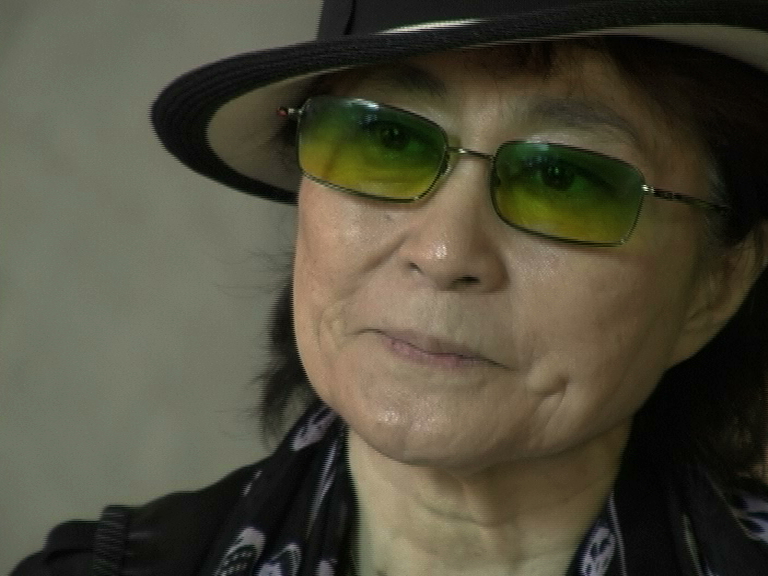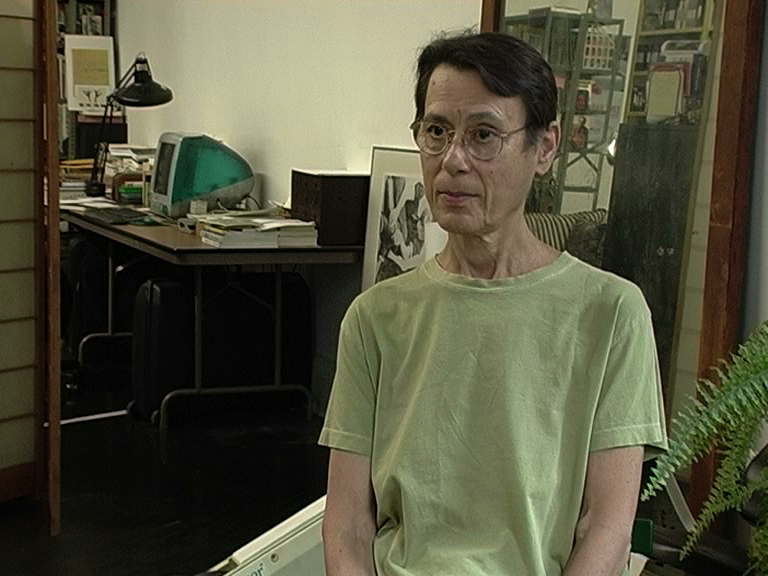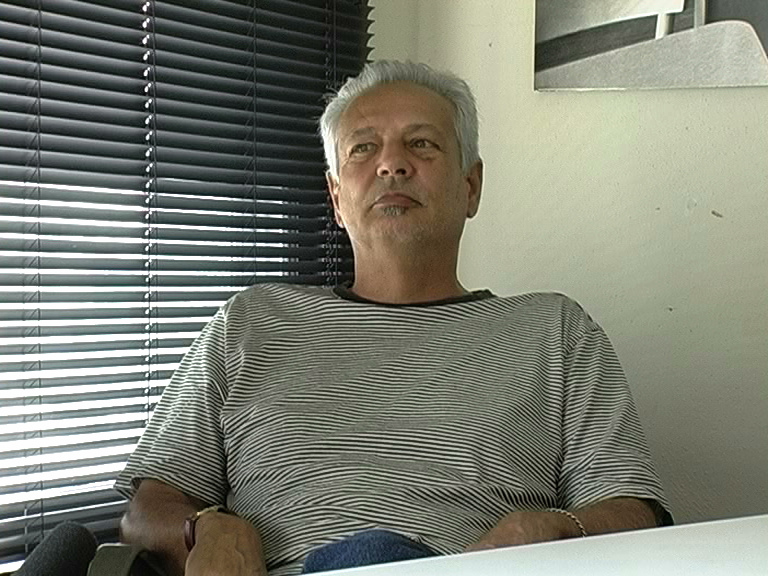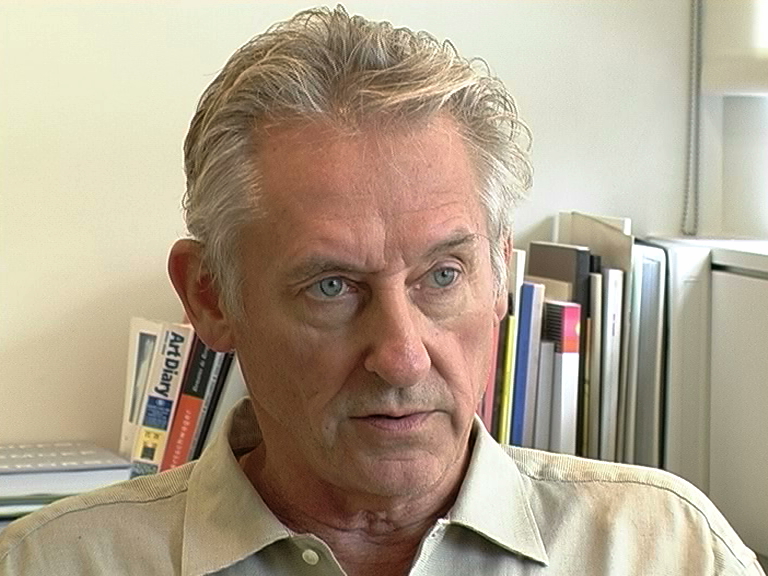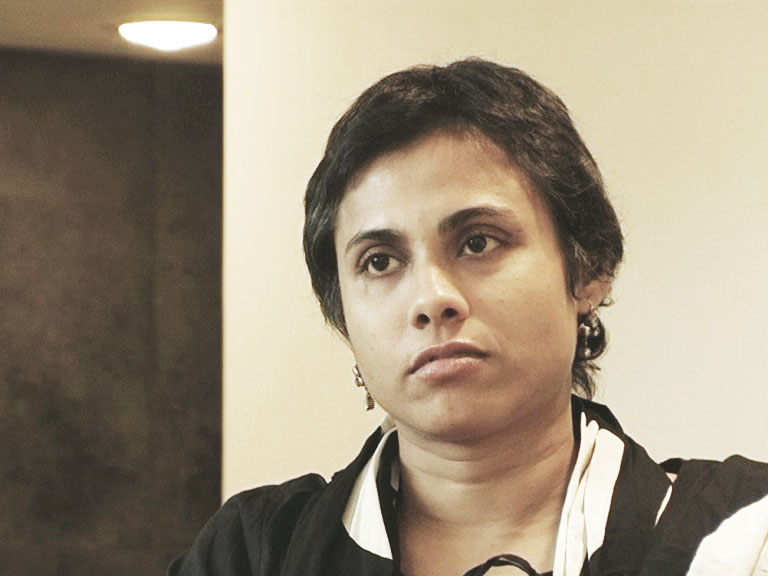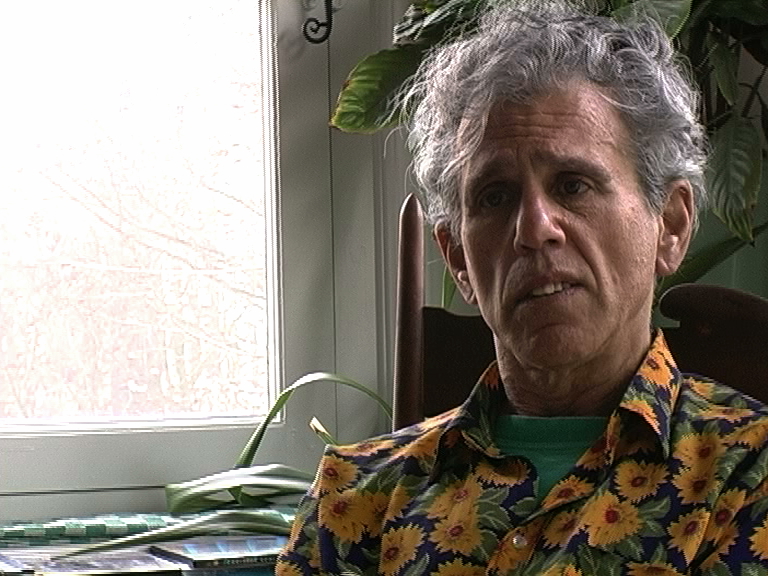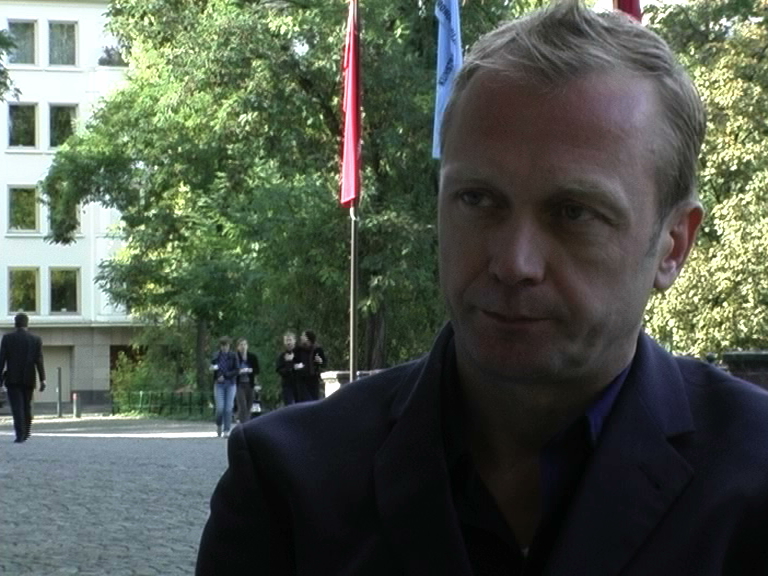S.R.: Which practice in the history of art is or was the strongest influence on your work?
J.K.: This question presumes that it was one. In fact it was a sort of a bouquet as you say of influences, both internal, in terms of my own problematic I was trying to resolve, a view to art history which I realized quite recently, quite shortly thereafter which was essentially the collapse of modernism, but I quite saw this in artistic practical terms, initially. And on one hand those were what we said the internal aspects. Externally it was a variety of – first my second interest was always philosophy and looking for a resolution and the fact that I was really interested in art, in art there was a fantastic potential to address certain things that I had when I was a painter and couldn’t answer. And how could you make art that wasn’t painting? When in fact the conception of art was painting and sculpture as it is in modernism. I couldn’t paint anymore I didn’t believe in it but in the same time I wanted to make art. It was really the investigations of Wittgenstein, which I found very very useful. Also very formative was, I was given a typescript, a translation of Walter Benjamin, before he wasn‘t really published and known in the States, and this was influential. The Argentinian writer Borges in a certain relationship with taxonomy I found also extremely useful and enriching. Within art itself, I was, the two artists I was most interested in on the one hand Marcel Duchamp and on the other Ad Reinhardt. And I was trying to find a resolution between these two artists. I was very interested in aspects of Pop art, aspects particularly of Rauschenberg’s and Warhol’s use of photography. But at the other hand, the issues of – should we say – the collapse of modernism for me it came out of Jasper Johns. That idea that we had inherited an idea that the painting was really a window to another world. And there was this fictive space that one entered. And when he painted the ”Flag” and ”Target,” all of a sudden he made a peg at that window. Because the question – you looked at that flag and you said: well is that a window to another world – the flag is in –, or is that a flag that’s an object – in the room I’m in? This act made the language of painting – which must be transparent to be believable as all language must opaque. And in that point you put the project in Frank Stella they were painted objects in the room you were in – he pushed it right over the line. Resolutions there you found in Judd, because Judd, who had been a painter, found his resolution of painting problems was to make objects. Which, this is very important, I think, were not sculpture at all. He spoke very clearly that they weren’t sculpture. It was not a painting nor a sculpture. Later the market decided they were sculpture and they had a cultural life as sculpture, and he gave up the fight. Which is the sad part of Judd I think. He left the market define the meaning of his work in the way I think was very judgmental. In fact the generation that preceded me, the Minimal artists, that’s why one can really see that it was the last modernist movement. They resolved the end of the mess that Greenberg made where a painting really became a kind of necktie for over the couch. The Minimalists did their best. But I think that it was really up to my generation, my working context to raise the issues of language and context. The language is always there, the question is whether you deal with it critically at the frontdoor or if you let come it in uncritically through the backdoor – I realized that. The only way of taking political responsibility for the production of meaning – hm? – was to deal with the language from the front door, critically, and use it, put it up front, deal with language issues. But I don’t know, was that an answer to your question?
S.R.: Sure. That was really really bringing to the point.
Beyond that, do you say that the favorite for you is more from literature or philosophy or the favorite is more art?
J.K.: From the very beginning, these distinctions weren’t so necessary. There was a lot in art I found useless, bankrupt, used up, no longer relevant – hm? And that I inherited, just a truckload of this like every artist did, so one had to escape that. And you still heard artists talking about forms and color and space. Fine, let them. It has a life in the art school, it’s the past, we should know the past. Art school is where you can still paint meaningfully as a study. So that was for me… Give me your question again, sorry.
S.R.: Your favorite: More literature, philosophy or art?
J.K.: Well the thing was that I wanted. Once you realize that art is not about forms and colors – it can be, of course, in the production of meaning. But that’s the point: it’s about the production of meaning, hm. And without that, artists have no political life and no real cultural life. You have to understand that. And if once at that point then you realize that in the realm of ideas all is usable, all is informative, and those are the materials. For me, using language – whatever form it takes, from philosophy and literature to more banal understandings – I mean the use neon came out of kind of advertising, and then to use it that wasn‘t advertising – but then it was not a varified medium to find art. It didn’t say: I’m art, because it came from bigger signs, it came from bigger signs and things – when I first did it. So I used typefaces that weren’t normally used, I had done transformatory things. But still the reference was to a kind of discourse, that was a public, advertising one. So one can use all kinds of language but, ah. And you can take from all sorts of arenas, but me and you understand that your responsibility as an artist is the production of meaning. Now what is significant about that is that this is – people liked to say, Conceptual art is not art or radical. The truth is what Conceptual art did was, if you, like many people, see Conceptual art as the beginning of post-modernism. What we did, we returned art back to what it was before modernity – which was – whether you worked for the church or whatever, you were in the vocation of the production of meaning. What modernism was, was a focussing on the language of art itself, right. And all those movements is the increasing capacity and analysis of the languages of art. A brilliant, phantastic project modernism was, but by the time you go to the end of it, hm? – a painting can speak so loud a priori, no individual artist can say anything. The fact that your aunt and uncle in Bielefeld who know nothing about art, they see a painting and know it’s art. That prior knowledge blocks the possibility of an artist to say something. So that is their own way of making art. So that when I spoke, then somebody understand what I’m saying and they don’t have the institution of painting between me and them. And of course sculpture is the same. You can use an object in art – we all use objects – but it’s not the same as being a sculpture. Sculpture is part of the ideospace of modernity. If you think of it as sculpture, then you’ve lost the fight. You can employ anything. Right now I‘m making noises that affect your middle ear. It’s a physical thing – speaking. But the point is not that. The point is the meaning. So this thing about materializiation, dematerialization was a real misunderstaning. Lucy Lippard who came out of Minimalism, that was her experience of it in the beginning. She was very valuable. But it put it off really where the focus was, because the focus really is this thing about the process of signification. And so it’s not about more materials or less. It’s about the context of meaning. We all have to employ some way to communicate, that is… it’s gonna be a physical aspect. That isn’t the point. It’s really a shift in the basic see, there is a see change about how we were producing art. That I think makes a very valuable contribution.
S.R.: Can you say what your aim is with your practice? Is it possible to say something like that?
J.K.: Well, there are general ones. You know in some ways, of course, all art is expressionistic. But all with a small ”e”, not an institutionalized capital „E.“ So in that sense, as you live your life and you learn things and thing interest you, it gets pulled into your work and it gets utilized in a way. But I mean other than my mother, why should anyone care about my personal biography about it really? It should have some relevance in terms of a relation to the world or the way in which one is looking at what is meaningful about life in certain issues. For me, I’ll make it very clear that – one of the things I got from philosophy when I was young is that religion had really collapsed, in a sense. That with the beginning, preceding modernity, we really increasingly didn’t go to the priest or the rabbi, the minister to tell us about the really important things about life. From an anthropological point of view, our religion is science. We go to the family doctor, we go to the physicist, we go to the engineer. And the web of reality is constructed by science. Science as religion is very impoverished in answering big questions about life. So, increasingly we had a meaning crisis I think in modern society. I found it very fascinating how contemporary art has always been seen as elitist, specialized etc. Meanwhile, more and more museums of contemporary art are built, the numbers of people who see exhibitions get larger and larger. When I was young, it wasn’t even considered as a profession. Parents‘ worst nightmare if their son or daughter would say, I want to be an artist. Now it’s a legitimate career, hm. We have more and more artists and massively more artists than ever in history. The reason for that is that taking from Ludwig [Wittgenstein], that in fact art has ability to answer certain questions we once concerned philosophical without doing it in a speculative way. They no longer are systems built of philosophers like Hegel or Kant. You have theory, like French theory. Nobody wants to really call it philosophy. There is certainly a philosophical enterprise in that engagement, but, in fact, art which is increasingly made from the horizon of mass culture that forms all of our consciousness, rather than with issues had been previously, which had to do much more with formal, you know, forms and colours kind of issues, which ended up making it really like a necktie over the couch and that’s meaningless. So the artists had to re-assert their control of the meaning-making process. What is bankrupt about the art of the 80s – wild painting, transavanguardia – is the fact that the artists lost control of the meaning-making process and the dealers pretty much took over. And the artists made references to the past to get validation so it looked like high modern art. And there is at least in America – the important artists of the 80s are not going to be seen as Schnabel and Salle. They are going to be seen as men making big phallocentric paintings. They are going to be seen as women essentially who made photos, like Cindy Sherman, for example. So there was a real shift. One of the – I think realy important thing too, which is related to all this – is – we have internalized as an idea of art that the artist – and this is the expressionist, monographic tradition: every artist trying to be expressionist. They don’t say anything they just act, right. And then they make the nature, so the art historian can make culture from it. Some people like we came along, we really did not get a very warm reception from the art historical establishment. It took younger people to embrace what are ideas because we went against the whole art historical market complex in that regard. But essentially the idea of the expressionist artist is the prize figure, it’s the shaman, it’s the magic maker. And this is a male idea, the idea of a female expressionist painter just doesn’t work. But what Conceptual art did – because for my generation, as a New Yorker, we internalized the ideas of feminism in a profound way. We realized that it was not just about the liberation of women, but also about the liberation of men. And one of the interesting things about what Conceptual art initiated, it was the idea that: it was ideas. You know the ideas are either interesting enough, it doesn’t matter if a man or a woman made them. And if you look back you began to see more and more women be taken seriously and to make important contribution. And it begins with post modernity and Conceptual art. To the point that now, that I would say, more than half of the most interesting new artists are women, hm. And I think, politically speaking, it’s one of the, I’m proud of that, that liberating process that we initiated. Because you no longer had to have a man being an artist for it to be believable.
Any questions after that? (laughs)
S.R.: Yes yes yes. I think the next question is in relation to that what you just said. Do you think that the conceptual paradigms are still in function or can they be renewed?
J.K.: Well the paradigms are that they are transformatory. So yes, but they are not prescriptive, that’s the important thing. I mean, one of the things – what I had to fight for, what people, painters were tried to beat me up in bars in the 60s because I was running art. And to be really on the battle line, you know. I mean, people said: ”Why do you care that Dan Graham did his work four years or five years after you? But this point is almost, it’s all the same time. And I said “well the point is that Dan – who made some of the most interesting video work at that time, pioneer of it really, it’s quite a different thing than the magazine ads which were done not as artworks – that’s an ontological, ethical issue here as an artist. And they were dated from the time he wrote them, but that wasn’t the time they were conceived as art etc. So for me it is all, because we did the fight. I took actual death threats and things, you know, in fighting for this body of ideas. So five years at that moment in history – by the time I convinced Lawrence Weiner to stop painting, by the time I did all this, which means I hated me for the rest of the life, but meanwhile I gave them a career. So we have to acknowledge that being at the beginning does matter in this kind of things. It matters also because if you want to understand how things developed. Even as art historians are very important, and the problem with the October crew and Buchloh and all them, they are not doing it anymore, but at one moment they felt this need to re-write this history for their own candidates. And this, I felt, from a scholarly point of view was really a shame for everybody, not just for those of us who were having our history changed for other peoples‘ career reasons. But that’s all settled now, and I think that people are being much more accurate about really “who did what when” and all that. But there was a lot, it was quite upsetting to see people messing around with this. But the thing is that what’s interesting so I had to give a name for it, I had to fight for that other idea of art. And also I wanted to make a distinction between that and modern art essentially that preceded. And the thing that’s so great – and this is true if you look at all international exhibitions like documentas or what ever – artists don’t have to call it Conceptual art anymore – it’s just art. So in that sense, what we fought for 35 years ago, in some sense it’s a kind of victory to understand that artists can use language, can deal with issues of context, installation, use of photography, all the things that I had battles with to tragedy at the beginning, now are accepted ways of working. It’s a problem for me as an artist of course, because I don’t want somebody to carry around the baggage of my history, I want to do new, relevant work. So it makes it much more difficult. I mean there’s always a certain resonance between what you have done and what you are doing. That’s understandable, you end up in your own context when you are an artist who has been working as long as I have. It’s a different kind of challenge certainly.
S.R.: In respect of your afternoon nap…
J.K.: We‘re not there yet… As I only sleep four or five hours at night, the nap becomes very important, you know.
S.R.: Now the last question: How would you describe your typical daily work as an artist?
J.K.: Well, I’m doing a lot of projects. At some point, I realized I could really live anywhere. I didn’t want to live in New York anymore. It’s the whole community of artists that lived there are gone. It’s really a big shopping mall, restaurants for the suits. And Europe for me, some years – this is before 9/11 – Europe just became more and more interesting, there just was more support for contemporary art and just a lot more going on. And I simply, you know, just as I got older I just preferred to be in Europe. I still have a studio in New York and a small staff there, and I go there when work necessitates it, but I live in Rome. There I have eight assistants and… you can fly out to Rome or you can work anywhere, because I’m working really all over the world. So Italy is my favourite country and Rome is my favorite city there. I’m quite happy, I‘m living on an island in the middle of the Tiber; and it’s a 16th century space, all arches and I hear the river at night when I sleep. I have two studios on two islands: one is Manhattan, the other is Isola Tiberina. My staff arrives at 10, I live there, I’ve got to get up by 10 no matter what, no matter… in the evening. And so there’s a certain structure. I have two daughters, 8 and 11, and they are a very important part of my life, and in Rome I see them a lot. We don’t live together, I‘m separated from their mother. But we are close friends. My life is organized really between, I try to keep a balance between work and play, which makes you very healthy to do that. But I’m a bit of a workaholic. I’m an extremely lazy workaholic. So I don’t know. Somehow it works out. I get quite a bit done; as the years go by and I look back I feel that I have accomplished quite a bit. So we hope we can keep to do that as long as possible.
S.R.: Yes sure. So thanks a lot.
J.K.: You are welcome.



